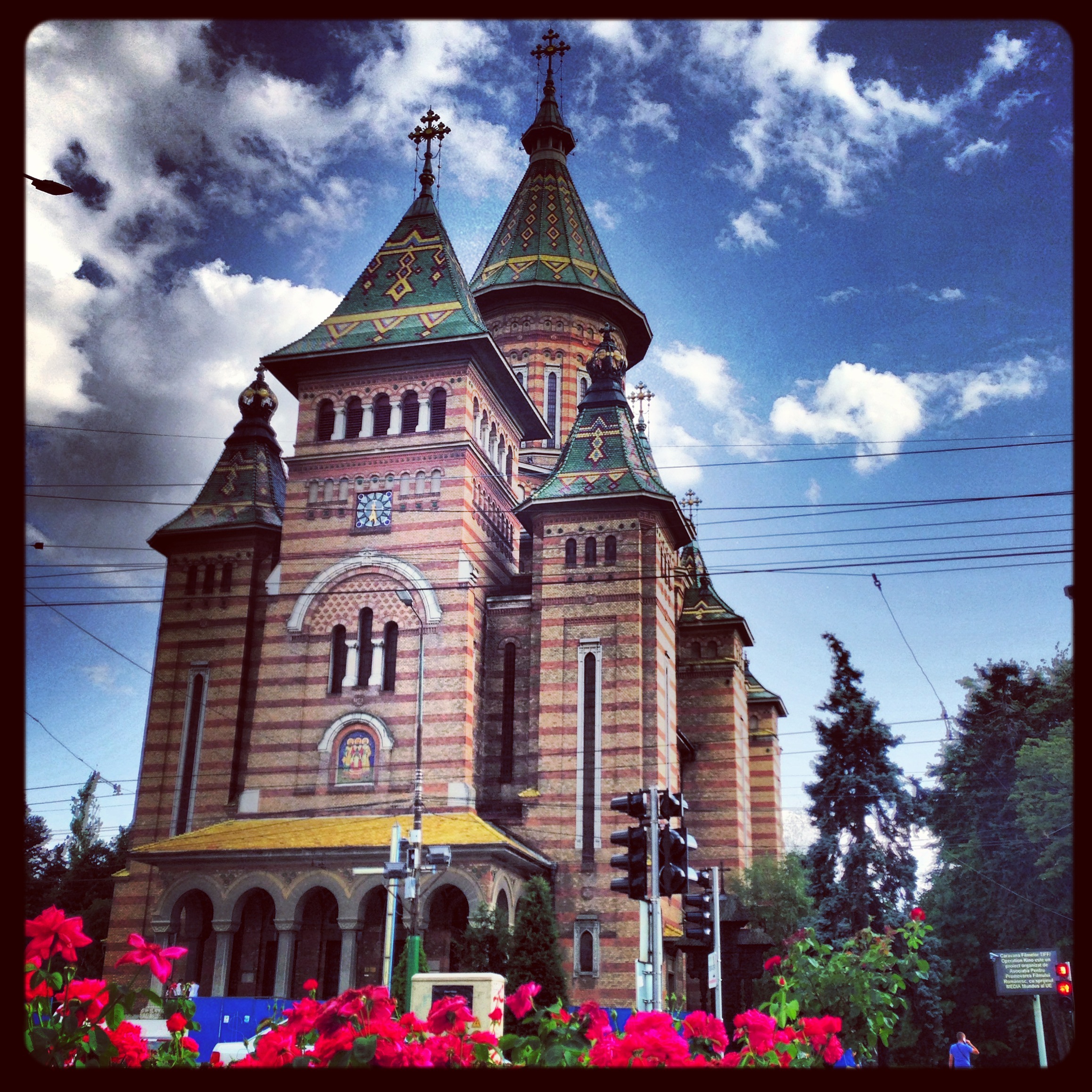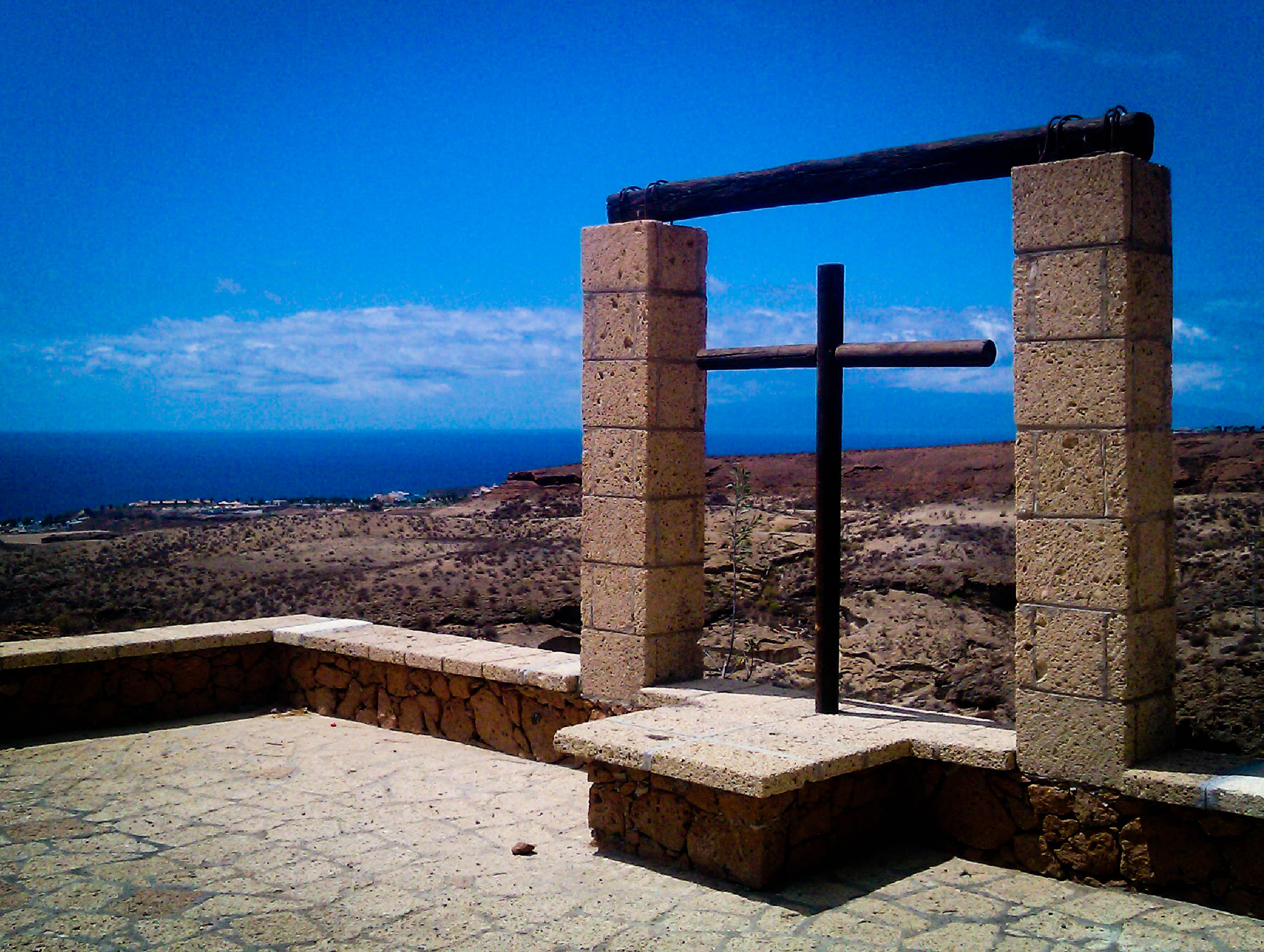Timisoara was a detour on our trip. We were travelling from Budapest to Belgrade—a direct route, but I simply couldn’t be that close to Romania—my favourite European country—without stopping by for a few days.
I’m a history nerd, and Timisoara is a city that I have wanted to visit for a long time.

You see, the Timisoara uprising was instrumental in bringing about Romania’s Independence from Communism, and Romania was the only country of the 1989 Revolutions to violently overthrow a government that had been led with an iron fist by the Ceausescu’s.
Timisoara’s Past
Of course, Nicolae and Elena Ceausescu have not been the only enemies to Timisoara’s peace. The city has a long and turbulent history, having at times attracted the attentions of the Roman, Ottoman, and Austrian Empires. Not only that, but the city was a target of both Axis and Allied bombs in the Second World War. After all this, the city faced the Sovietisation and Systemisation imposed by the Ceausescu regime.
On the 16th December, 1989, the people of Timisoara had finally had enough.
Timisoara’s close proximity to the Hungarian border allowed the city’s residents greater access to free Western media than the rest of Romania, whose media was strictly censored. They heard about the uprisings taking place in Poland, East Germany, Czech Republic and Bulgaria.
Inspired, the city was ready to fight back.
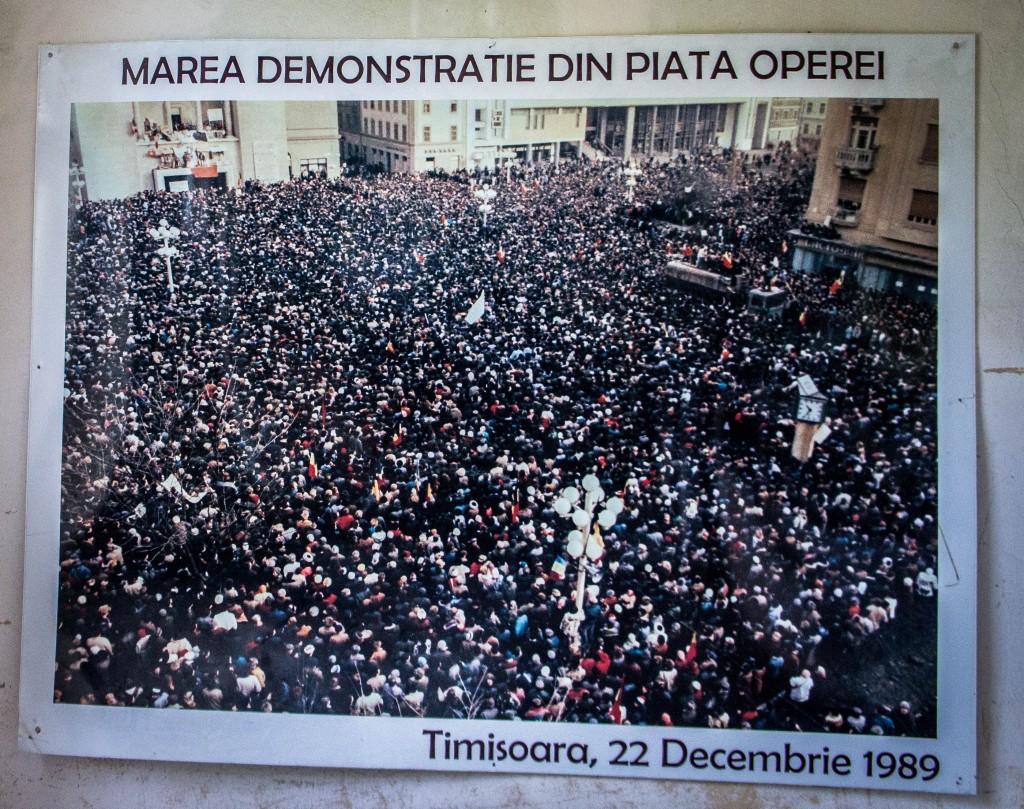
It began with the proposed eviction of Hungarian pastor László Tokés who had openly criticised the regime. His parishioners gathered around his home in the city. The crowds grew and moved into the main squares of the city. Over the next few days the riots grew more aggressive, with rioters breaking into Government buildings to destroy party manifestos.
Predictably, the military was sent in to intervene resulting in mass civilian bloodshed, most heavily centred on the steps of the Orthodox Cathedral.
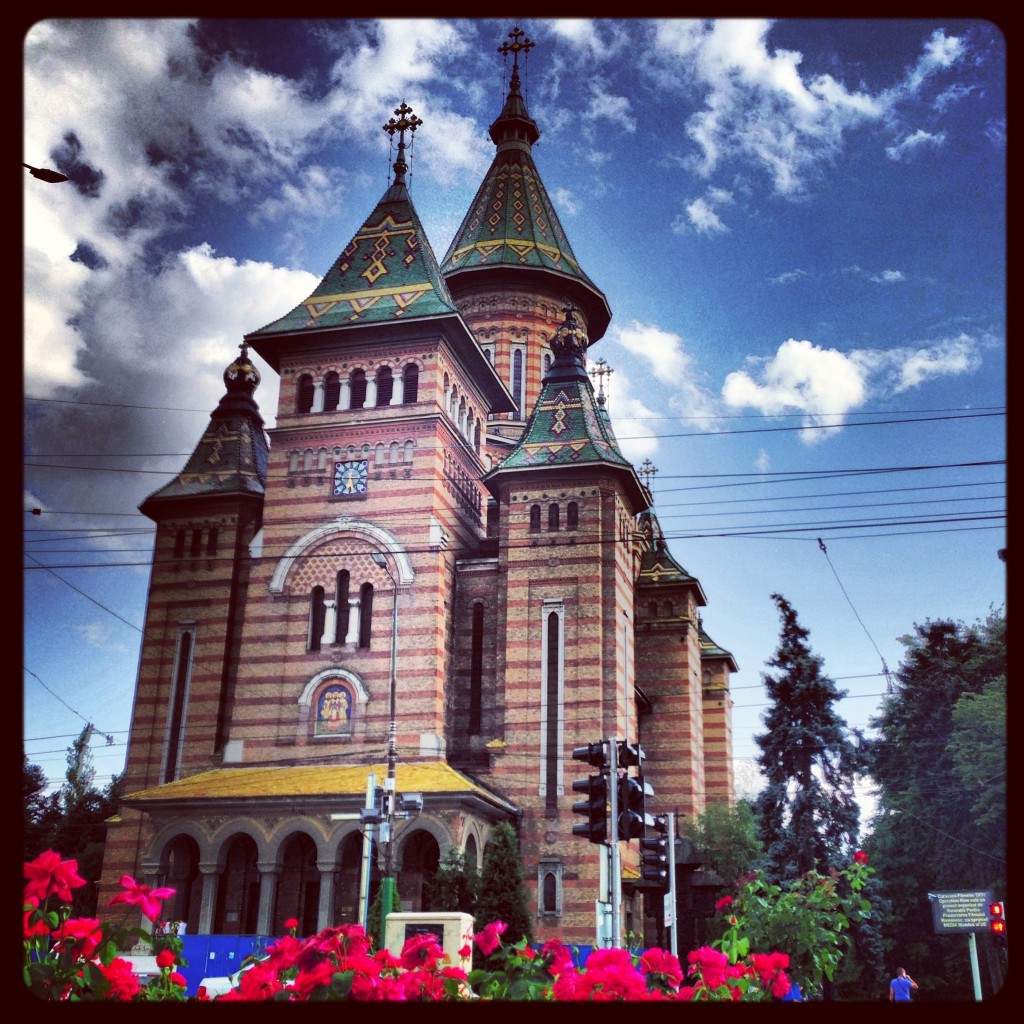
Fanned by the fire of a Revolution that had swept across Europe, the riots spread into Romania dramatically ending 7 days later when, in a surprise turn of events, the military joined the protestors and stormed the Central Committee Building in Bucharest to take down the despised Ceausescus.
It was a triumphant victory for Romania, and a final straw for the Iron Curtain.
Despite holding such a pivotal and triumphant role in Romanian, and indeed European history, Timisoara keeps it very low-key today. There is a museum dedicated to the Revolution, but it is small, barely advertised, and very easy to miss.
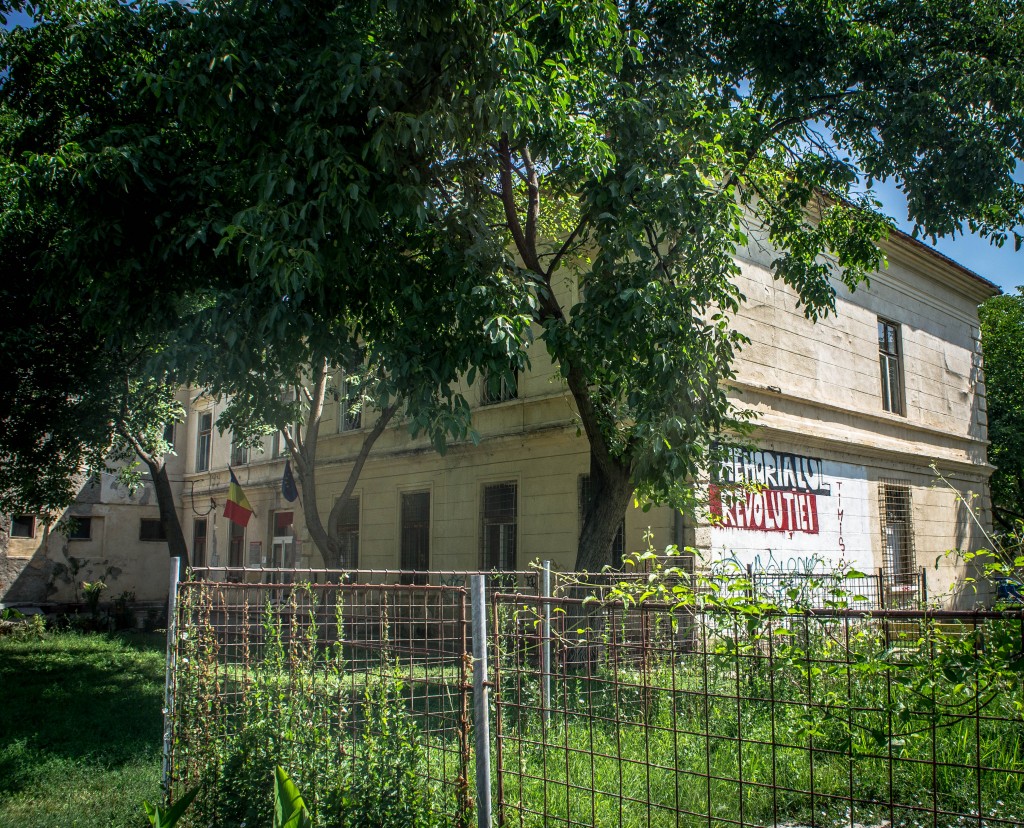
The museum is located on a residential street and lies behind a plain green metal gate. There is no sign to denote its location, and you may not find it marked on the tourist map handed out at hostels. Other than the graffiti-daubed slogan ‘Memorial Ul Revolutiei’ on the wall, you would swear you were in the wrong place.
The people of Timisoara are proud, but not boastful.
There is no charge for the museum, and we were the only people there. We were led inside by a gatekeeper and shown to a room with a projector that showed a movie (in English) about the uprising. We were then able to walk around all the displays at our own pace. It is not all in English, but the movie gave us enough information, and the pictures told us everything we needed to know. Nobody came to see us out, and there was not a collection box for donations.
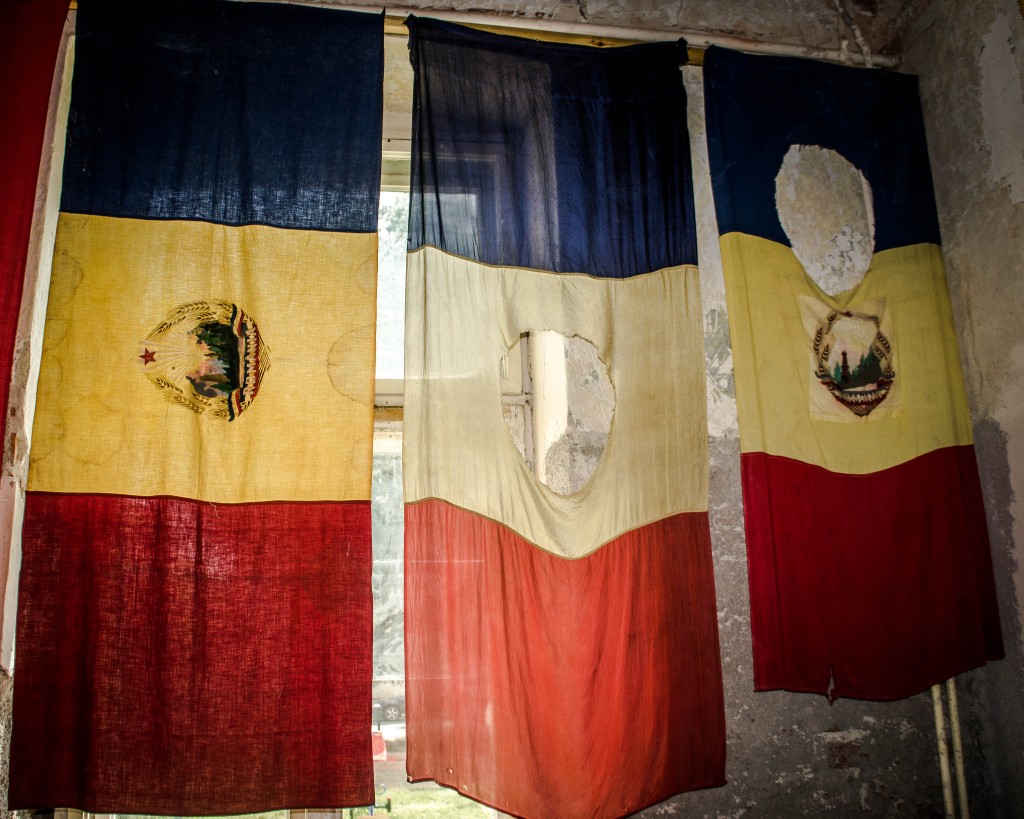
Clearly the museum merely wants to inform and educate, not profit from the past.
Timisoara’s Present
It would do Timisoara a gross injustice to focus on the past; it seems that this is not at all what the locals wish for their beautiful modern city.
For Timisoara IS a modern city that looks to the future. It was the second city in the world (behind New York), and the first European city to adopt electrical street lighting: an unlikely pioneer.
Having covered the scars of conflict seamlessly, the city is one of the prettiest cities we had seen thus far on our trip: prettier than both Vienna and Bratislava, and a smaller scale of the beauty of Budapest.
Timisoara has plenty of parks to explore and in the summer you will stumble across festivals and concerts, such as the one we found in Rose Park. You can also walk along the banks of the Bega River, or hire a pedal boat to see the city from the water. The Romanians like to be outdoors, whether eating, drinking, or partying.
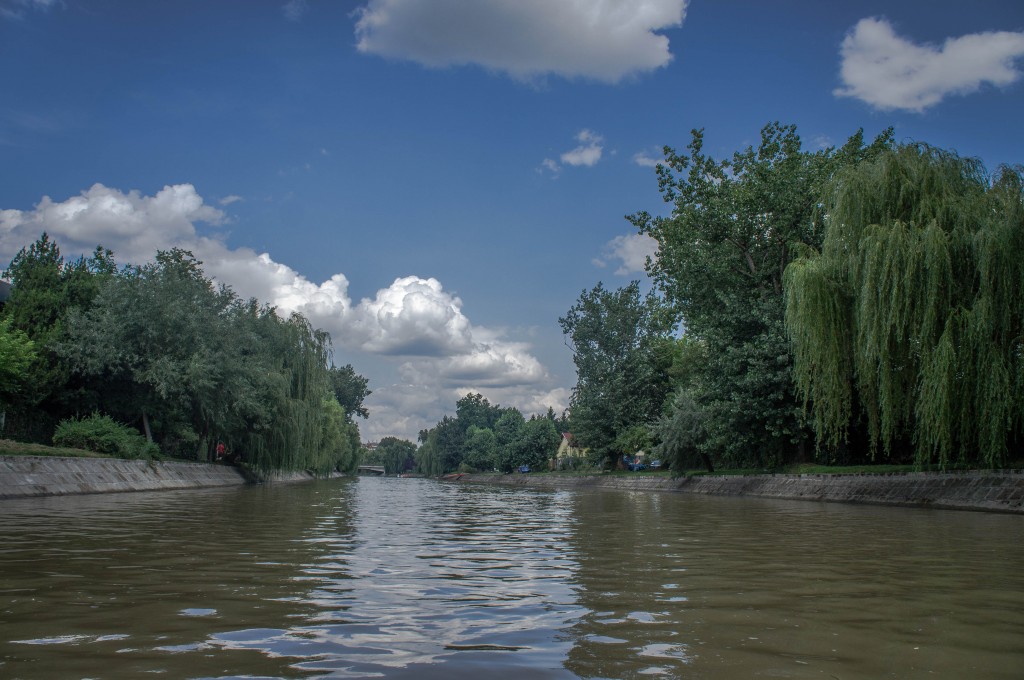
The city’s main square, Piata Victorei, overlooks the green mosaic roof of the Orthodox Cathedral, and is lined with parasols from various restaurants and cafes. It is a great place to enjoy homemade lemonade, or eat meaty Romanian fayre. A number of benches encourage sitting and enjoying watching the world go by.
Timisoara is a city where the locals welcome you with a smile. After a surprising amount of indifference and hostility from the locals in Vienna, Bratislava, and Budapest, this was a refreshing change. Even when the language barrier is great, the Romanians seem willing to try and help out a stuck tourist.
While I think it is important to learn about the past—which often means facing the darkest facets of humanity—I think that Timisoara perhaps has the right idea:
Never forget, but don’t dwell.
What do you think? Please leave a comment below.
If you are looking for somewhere to stay in Timisoara I highly recommend Freeborn Hostel – a small, but super-friendly hostel. Raul will offer you local advice, lay on an excellent barbecue for you, show you around the city, and even go out partying with you!

